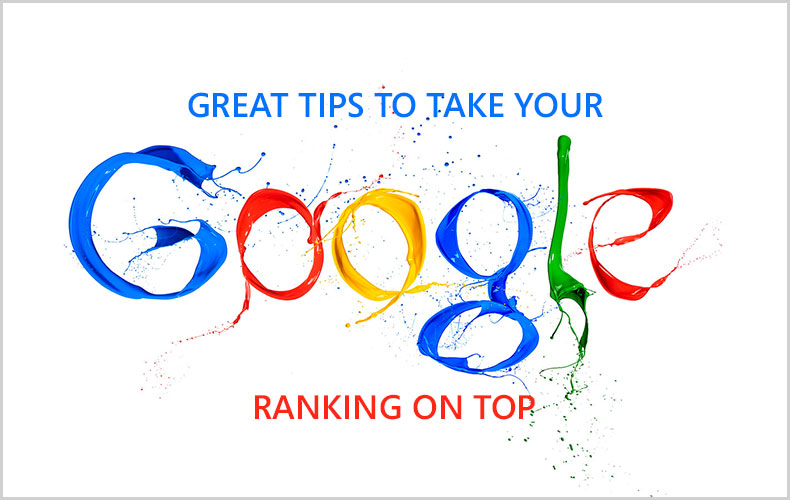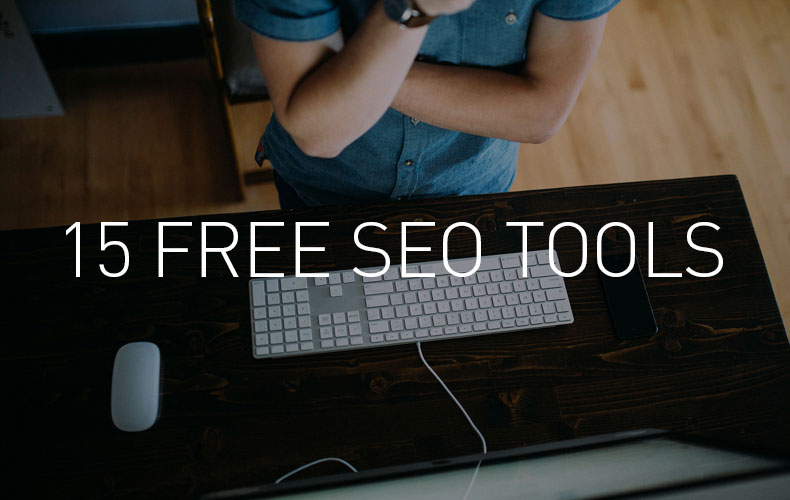When it comes to search engines, you got to ace the race. A website will become a traffic puller only after the search engine validates it as a hit. Now, how can that be done? By optimizing your product as per the needs and interests of the users and centering on their concerns. That is exactly what it takes to bridge the conversion gap and achieve the leap from visitors to customers. Yes, all, just with the SEO stroke. SEO takes into account consumer behavior and identifies with the reach of the brand so that the user gets the best out of the experience. Indeed, various behavior signals are decoded so as to improve the ranking in the search algorithm.
However, above all, it is the user experience that makes your site sail in the sea of web products. It surely drives the user to visit the website time and again. Okay, so, does that mean UX and SEO are related? Well, UX is very much a part of SEO. It is one of the prime factors that will take you high in the SEO game. Users look forward to an experience that goes in line with their preferences and fulfills every bit of their requirements.
UX goes a long way in forming an outlook towards a website. A seamless experience is where it all begins…the decision to come back or not. The verdict also influences the rankings on a search results page. Now, speaking of rankings, SEO is bound to creep in. It stands as the determiner that can actually mountain up your website or make it slope down. It, undoubtedly, makes you the best from the rest. But if you think SEO is all about forming positions, then you are mistaken. There is much more to it.
Professionals are often caught in the trap of keywords thinking that this is what it takes to win the consumers. Actually, this is when they miss the mark. SEO is how well you connect with the people and understand your users. The concept has reformed a lot over the last few years. The techniques have been relegated and the approach now also includes tweaking metatags and strong voicing of the brand identity in the digital space. These form the base for on-page optimization which further paves the way for user experience.
In fact, you must be sorted with the on-page components first as they set the trigger for the brand experience which is as it is of utmost importance.
The Dynamic Duo
SEO and UX, when catered together, bring out the best in each other. UX designers use wireframes, interactions and storytelling techniques to churn out an experience that is user-centric. However, SEO experts use search results as measured by users to report that same experience. SEO has the figures that UX requires. UX has a web design structure that SEO requires. In short, they both go hand-in-hand.
They complement each other and bring out the best by working together rather than operating on a concurrent basis. The sooner you understand this, the better, as it is when your design will shine high in usability and will be termed as high performing. What happens when you integrate SEO and UX towards the same goals? Here is the answer -
1. Search For You
Let’s admit- a search can come across as a great help. But that can only happen if you can easily spot it. A user’s experience actually starts much before the usage of the website, that is, as soon as the search ticks.
2. The Data Call
SEO experts rely heavily on the keyword data so as to interpret the search patterns of the users. Such kind of data where the information is gathered directly from the users can prepare the UX designers which can, in turn, influence their design decisions. As the data revolves around a sample size that is much broader than usability studies or previous experience, they can identify what the users care about with utmost certainty. SEO insights nurture the site experience which creates a good ranking in organic search right from the time of launch rather than having to spend hefty amounts post it.
3. Errors at Bay
A broken link or error page is just not an issue with SEO, but also with the users. You must understand that users who have great expectations from a website and want valuable results are not at all eager to decode the error page and match what is present as to what they want. When SEO and UX both prioritize over sorting website issues, it is the users who are in gain.
4. Creative Add-On
Sometimes figuring out an SEO problem can lead to a creative plus that further proves better than the initial design. While planning site architecture, often the suggested design can limit the optimization process to some relevant topics only. But gradually in pursuit to include the additional content we can change the architecture and templates so that the site qualifies high in user experience. Such an approach can not only fulfill SEO targets but also modify the design and resources in the usage of visitors.
This is what is called creative-plus problem-solving at its best. Ultimately, when UX and SEO align their goals, they put forth a site that is usable by all its means. Total charge-forget complaints from bosses, clients or end-users.
Rule With Website Design
Let’s just say, great website design is a stepping stone for an awesome UX. That is the reason eCommerce giants like Amazon and eBay are constantly redesigning their sites and cashing on their users. They look into the needs of their users and leave no stone unturned to satisfy their demands. To carve a niche as a brand, you ought to be different and strike a chord with the audience. Having a live and online website is not just about it. You must stand out. A site should be all the more interactive, intuitive and inviting so that it can pull large numbers.
If a website fails to click on the design and proves as a big hurdle in terms of navigation, get ready to face the music-high bounce rates, poor conversions. By the passing years, users are getting caught in the online frenzy which as a result has also made them more impatient. So, if by any chance, you have a website that causes more mental friction and deters the experience, you aren’t going to be spared.
How to fix? For starters, enquire about the pain points of your friends, employees, and customers and work them out. Further, use websites like User Testing to learn the responses from the visitors and their experience with your site.
Plug Virtually
The concept of the virtual marketplace has been somewhat restricted. It is the website that covers the brand, but there is nothing beyond it. Most of the online retailers are seeking their goals by hiding behind the sites. As UX is all about giving value for time, it is necessary to give a face to your website. People should be aware of the team they are dealing with and the identity should not be kept anonymous. Let the best employees be in the light. Connect with your visitors more and share the details about yourself and your staff on the website.
The About page should also tell about the people rather than just the company. Make it more personal. Even if you don’t have employees, let the About page reveal your journey and story. Trust me, people will relate more.
Navigate In
Studying user behavior is the key to a great UX. One preference that users tend to have is clear navigation. Simple navigation structure with clear navigation opportunities always scores as there are fewer chances of confusion. Your URL should also reveal the content that is being searched for. It should display the words that are being represented. Clear navigational choices also correspond to successful SEO.
Google also uses this factor to determine the rank as it takes into account the words that are used on the page, page’s title, URL and the ones that are used more often on the page. Well, planned navigation chalks out the data to Google automatically. Navigation does not mean focusing on the current page, but also the pages that you remove and then redirects that you give. After all, it is all about better experience and that is a big signal in itself.
Get The Entry
Google views your site in a different way as compared to humans. But whatever changes you make to modify your site and experience will actually benefit the humans more. This is the reason a good link test is also important. Whenever you look at a post with the ‘Read More’ link, you know how the page is spread further. But if you had all the text available, it might not have been clear why ‘Read More’ is mentioned.
Also, you can be more specific with the ‘Read More’ link as it gives Google a better idea as to what the link deals with and it is even easier for the users to grasp. For mobile phone users, accessibility is all the more important. Phones although responsive have tiny displays and less bandwidth, which makes the website cluttered. To make them bat high, Google, thus, gives bonus ranks to the sites that open fast and navigate on all the devices.
End Note
What kind of website to work on? Well, make a website that becomes users’ pet, that they want to brag about, bookmark and visit repeatedly. Yes, nothing, but a stellar. And SEO, of course, it makes your pitch high. It has evolved and become a lot more than the keyword stuffing. Just reign with high-quality content and valuable experience, traffic will automatically be on the track.
Don’t forget, you need to work for the users and make it attractive and optimized for them. It is these users and their trusted experience that will lead to SEO success. Not sure where to start? Let HealXRlabs be your brand advocate and give you a leading edge with your website.



